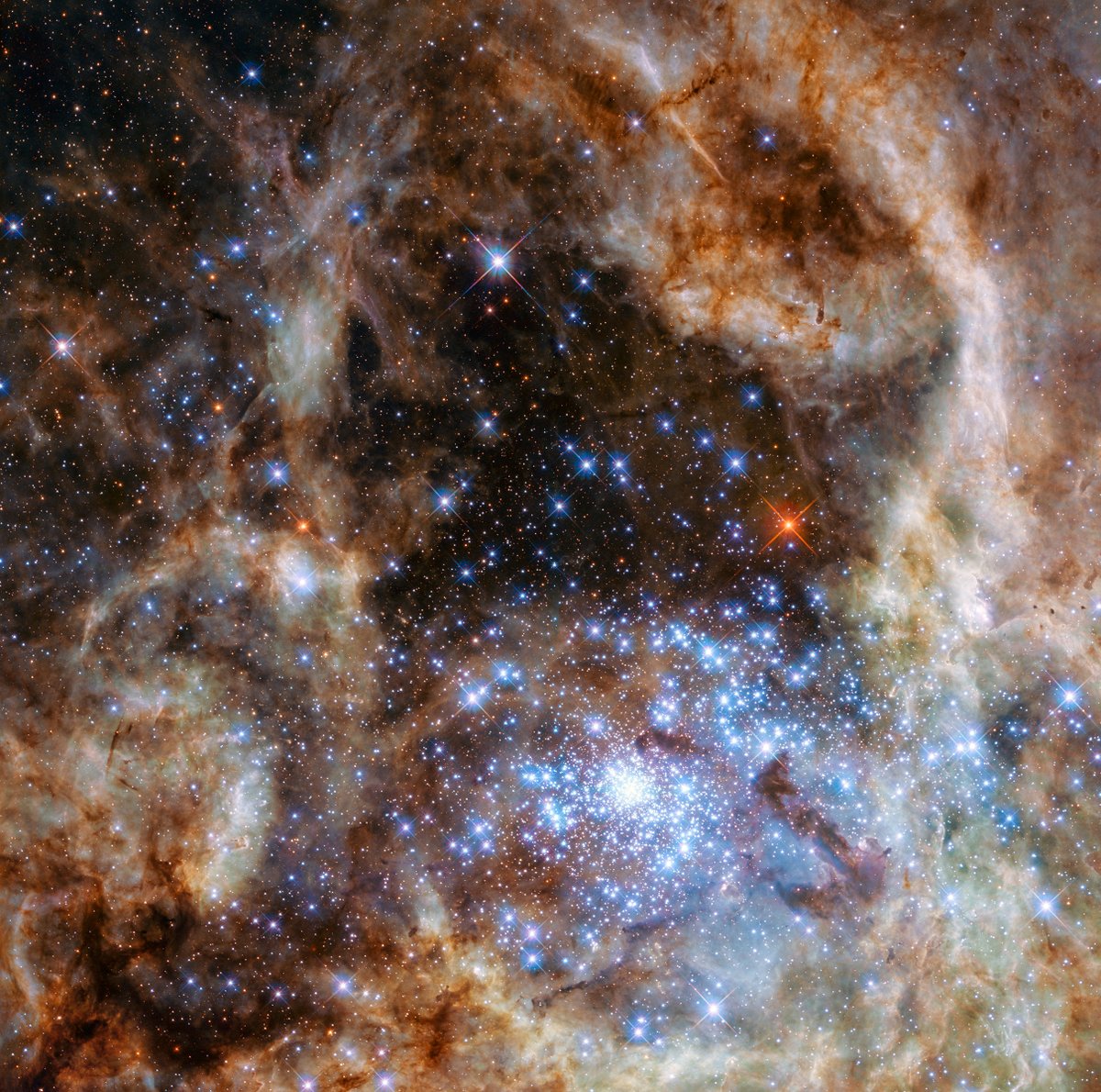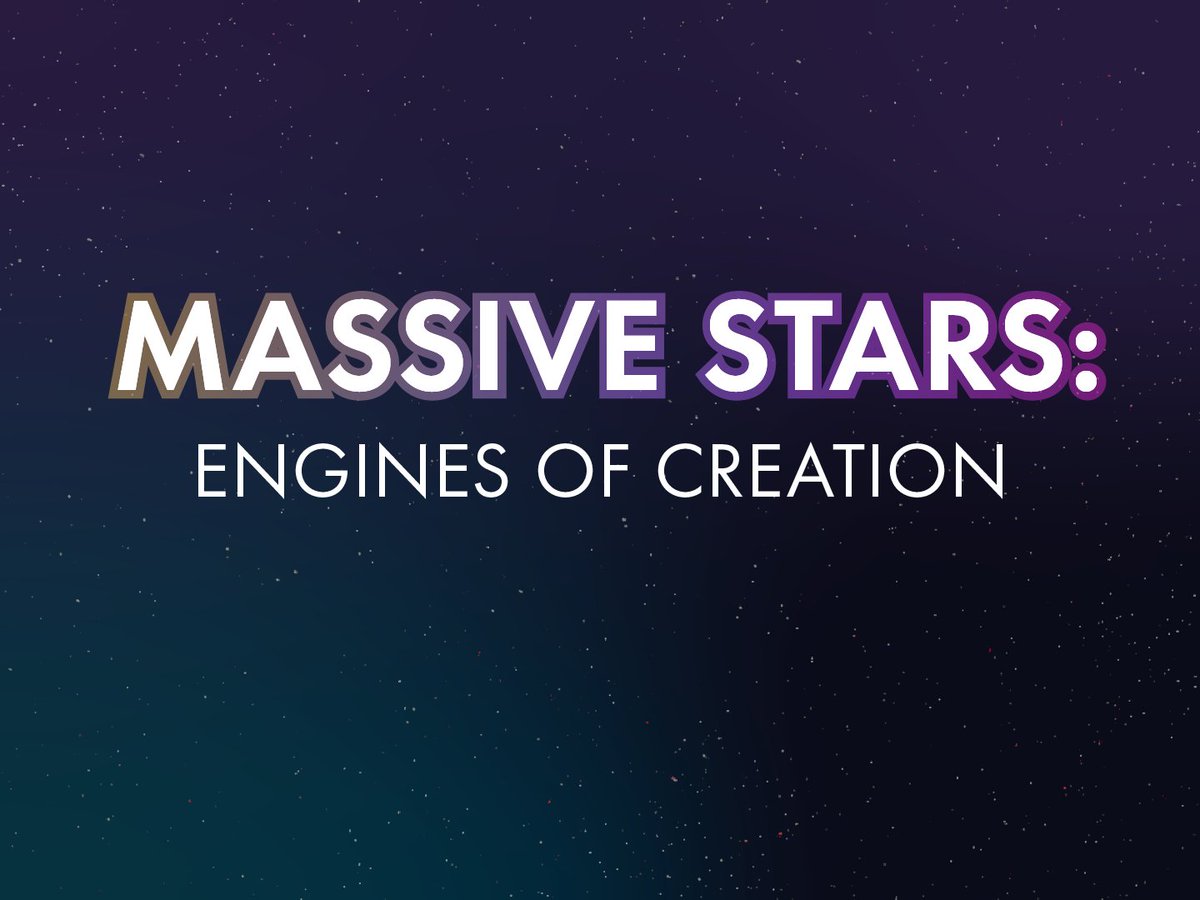
#NASAWebb will revolutionize our understanding of the lifecycles of stars, starting at the very beginning. Protostars like HH 47 eject light-year-long jets even while accumulating the hydrogen needed to begin nuclear fusion and shine. (1/4)
Credit: NASA.
Credit: NASA.

With its powerful infrared sensitivity and resolution, #NASAWebb is capable of peering into star-forming regions across our entire galaxy—like R136—where previous infrared telescopes were limited to dust clouds within our own galactic neighborhood. (2/4)
Credit: NASA/ESA.
Credit: NASA/ESA.

Sunlike stars end their lives by gently ejecting their outer layers to form what’s known as a planetary nebula. #NASAWebb will look at NGC 6302 and nebulas like it to learn how chemical elements are recycled throughout our galaxy. (3/4)
Credit: NASA/ESA.
Credit: NASA/ESA.

The most massive stars end their lives by exploding as supernovas. #NASAWebb will help us understand which stars explode, how they explode, and how the resulting blast waves impact their surroundings, like the Crab Nebula. (4/4)
Credit: NASA/ESA/STScI.
Credit: NASA/ESA/STScI.

• • •
Missing some Tweet in this thread? You can try to
force a refresh
















